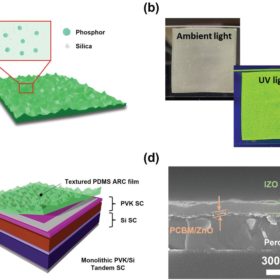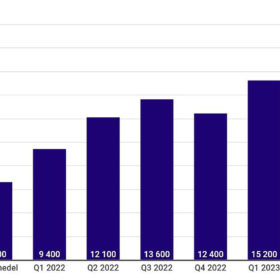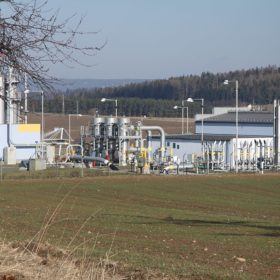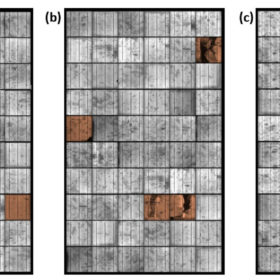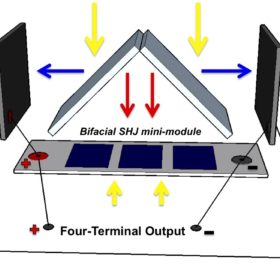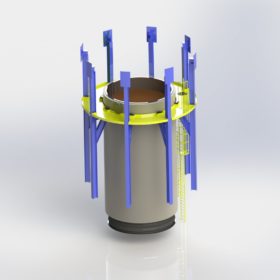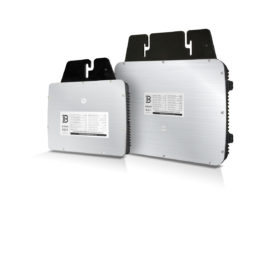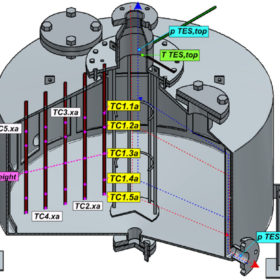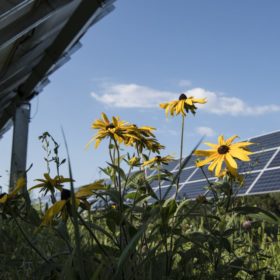Perovskite-silicon tandem solar cell with 23.5% efficiency
US and South Korean researchers claim to have achieved a power conversion efficiency of 23.50% in a perovskite-silicon tandem solar cell built with a special textured anti-reflective coating (ARC) polymeric film. The cell is also able to retain 91% of its initial efficiency after 120 hours.
Rising number of grid-connected PV systems shows 2022 could be another record year for Swedish solar
Data from the Swedish association Svensk Solenergi shows some 21,500 PV systems were installed in the first half of the year, with a 90% growth compared to the same period a year earlier. The trade body also expects a substantial upswing in the spring of 2023.
Slovenia announces plan to deploy another 1 GW of solar by 2025
The plan envisages opening the Slovenian energy market to large-scale solar plants and is intended to reduce the country’s dependence on fossil fuels.
Oil and gas reservoirs are cheapest options for underground hydrogen storage
New research from Ireland shows that depleted oil and gas reservoirs may be used to store hydrogen at a cost of $1.29/kg. According to the researchers, underground hydrogen storage may benefit from the technological maturity of the geologic storage of natural gas and CO2, which are associated with decades of established knowledge.
Small cracks have negligible effect on solar cell performance
UK researchers have found that crack percentages of up to 11% have a very limited impact on solar cell performance. They also ascertained that hotspots are likely to arise when the crack percentage is in the range of 11 to 34%.
Four-terminal multijunction approach for bifacial modules
Scientists tested bifacial PV devices based on silicon and gallium arsenide cells connected in a four terminal layout. They note that the four terminal design offers significant advantages over more common two terminal devices, allowing for a 17% (relative) increase in efficiency thanks to better absorption of light reaching the rear side.
Hybridizing compressed air, thermal energy storage in post mining infrastructure
Scientists in Poland have developed a compressed air energy storage technology using a thermal energy storage (TES) system built into a disused mine shaft. The system works without external heat sources, and utilizes an air compressor, a compressed air reservoir with a built-in thermal energy storage system, and an air expander.
New micro-inverter series from China
Beny Electric unveiled a micro-inverter series with efficiency of up to 97.5% and a European efficiency of up to 97%. The micro-inverters are available in three different versions with a rated power output of 550 VA, 700 VA, and 2,800 VA, respectively.
Storing renewables via radial-flow packed bed thermal energy storage
Researchers in Sweden have created a thermal energy storage system relying on a dynamic air mass flow rate that is applied during both charge and discharge processes. It achieved a maximum thermal efficiency of around 70%.
Novel method to turn existing solar parks into agrivoltaic facilities
An international research team has developed a new methodology to increase levels of pollination at ground-mounted solar plants. It involves the development of new vegetated land cover below and around solar parks.

